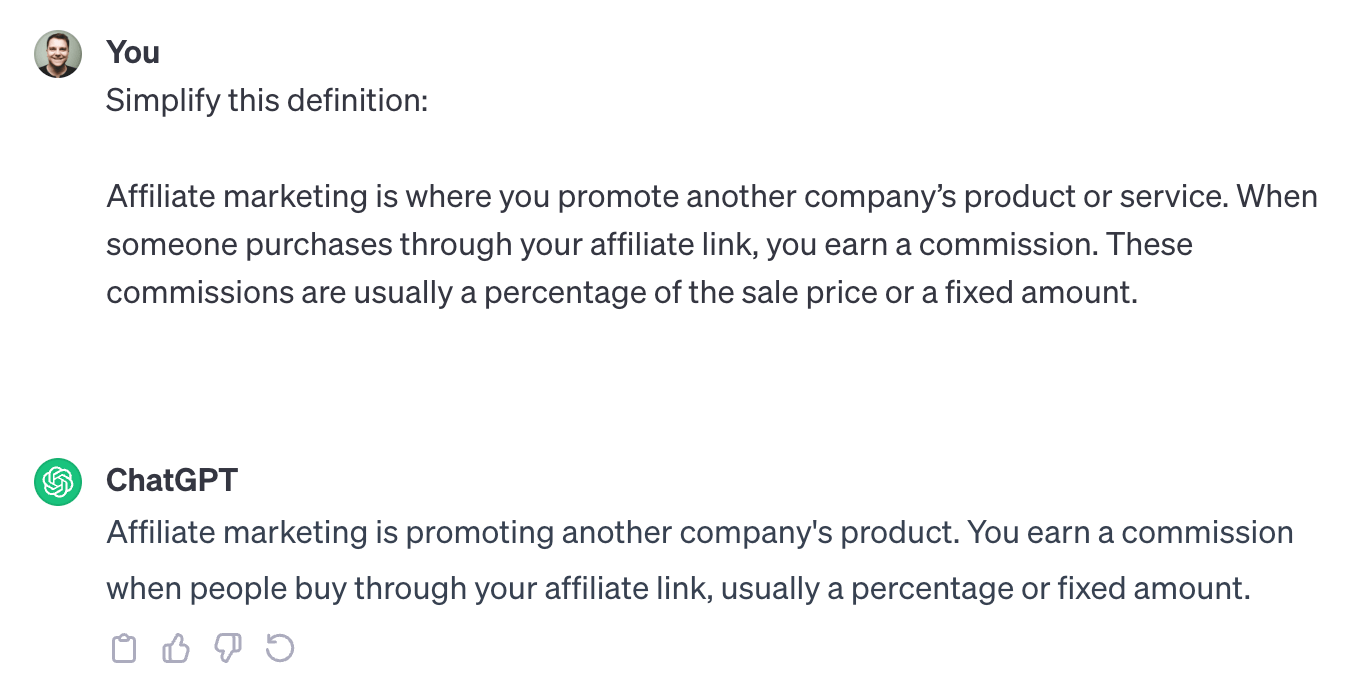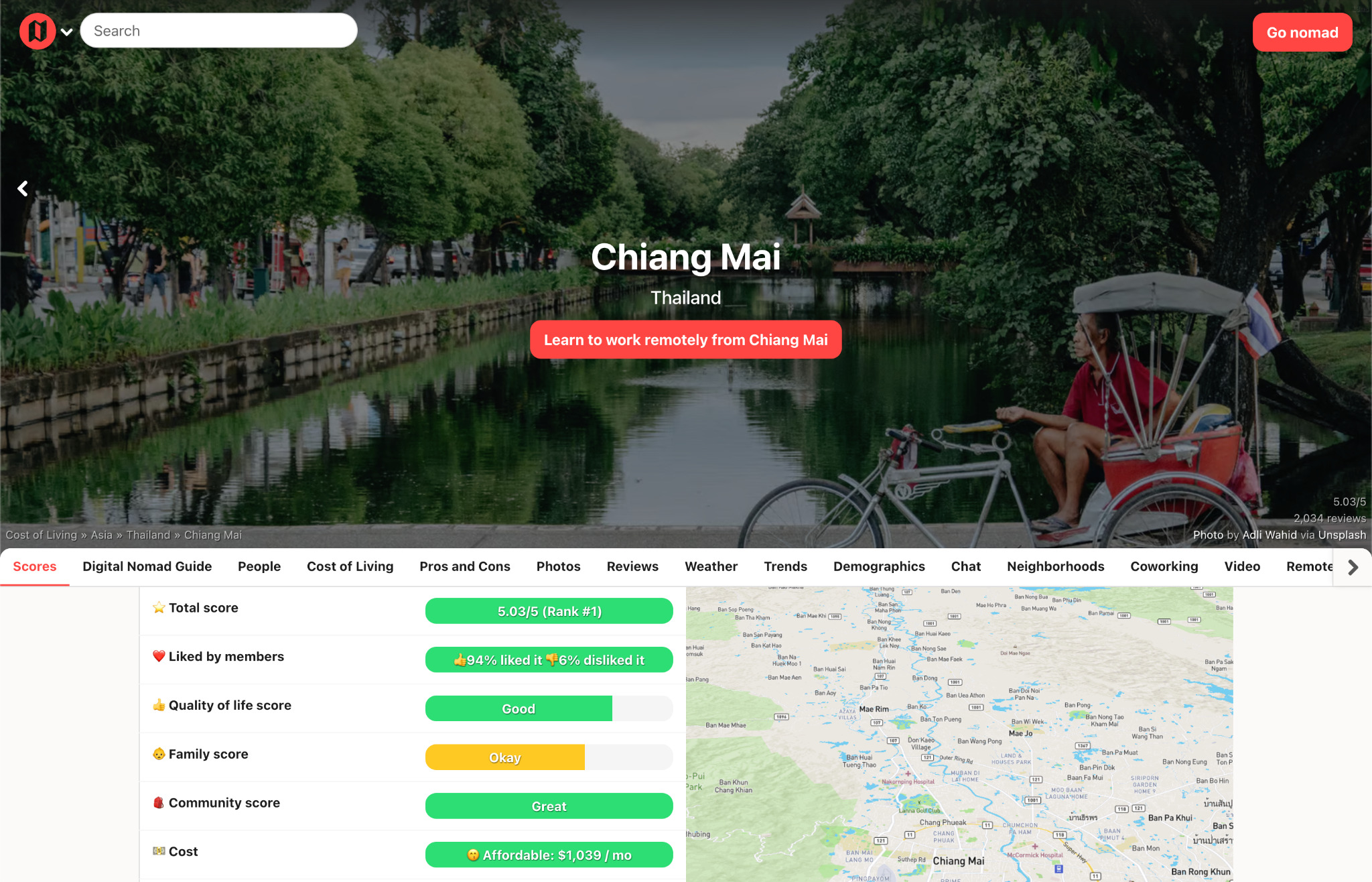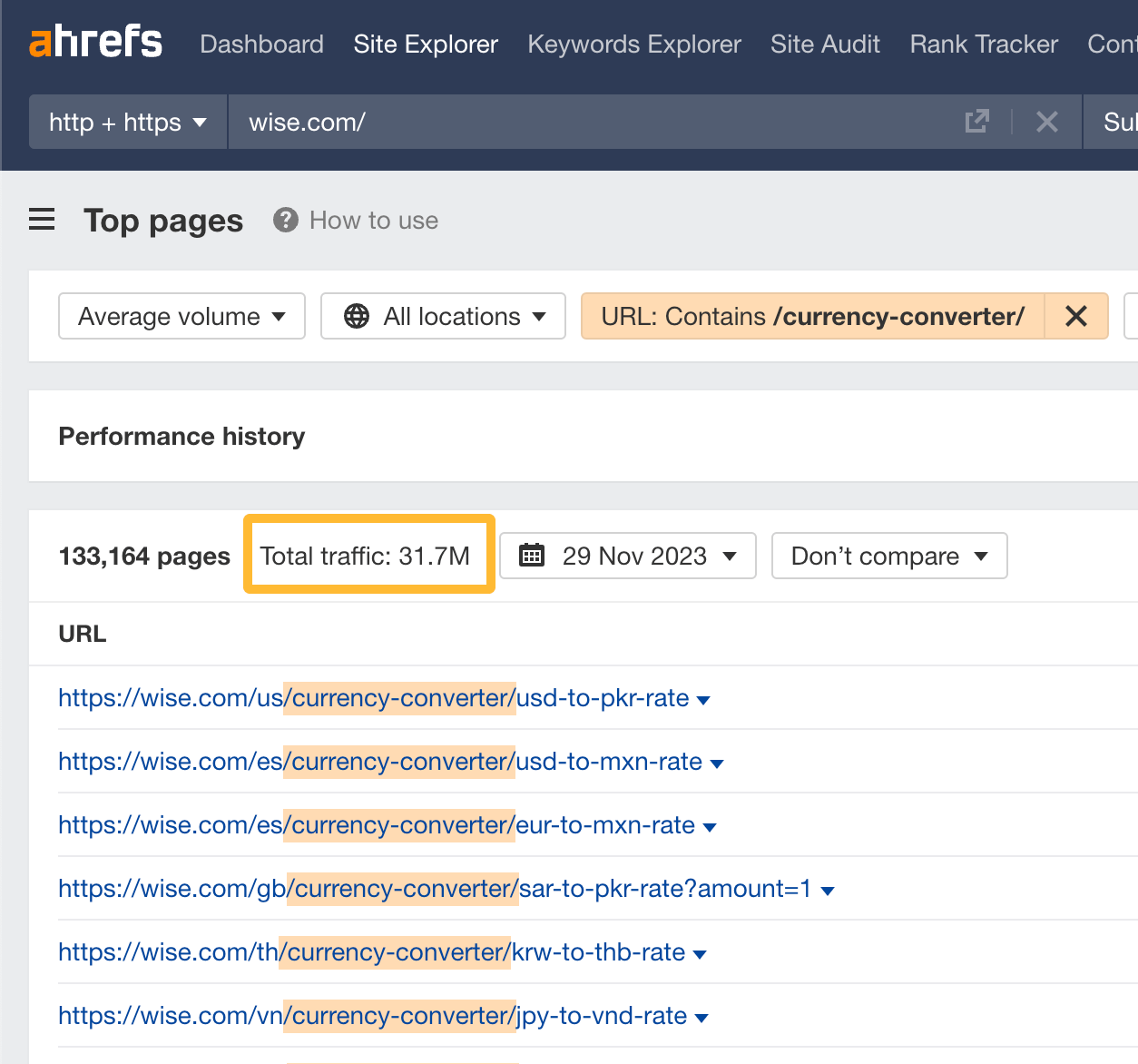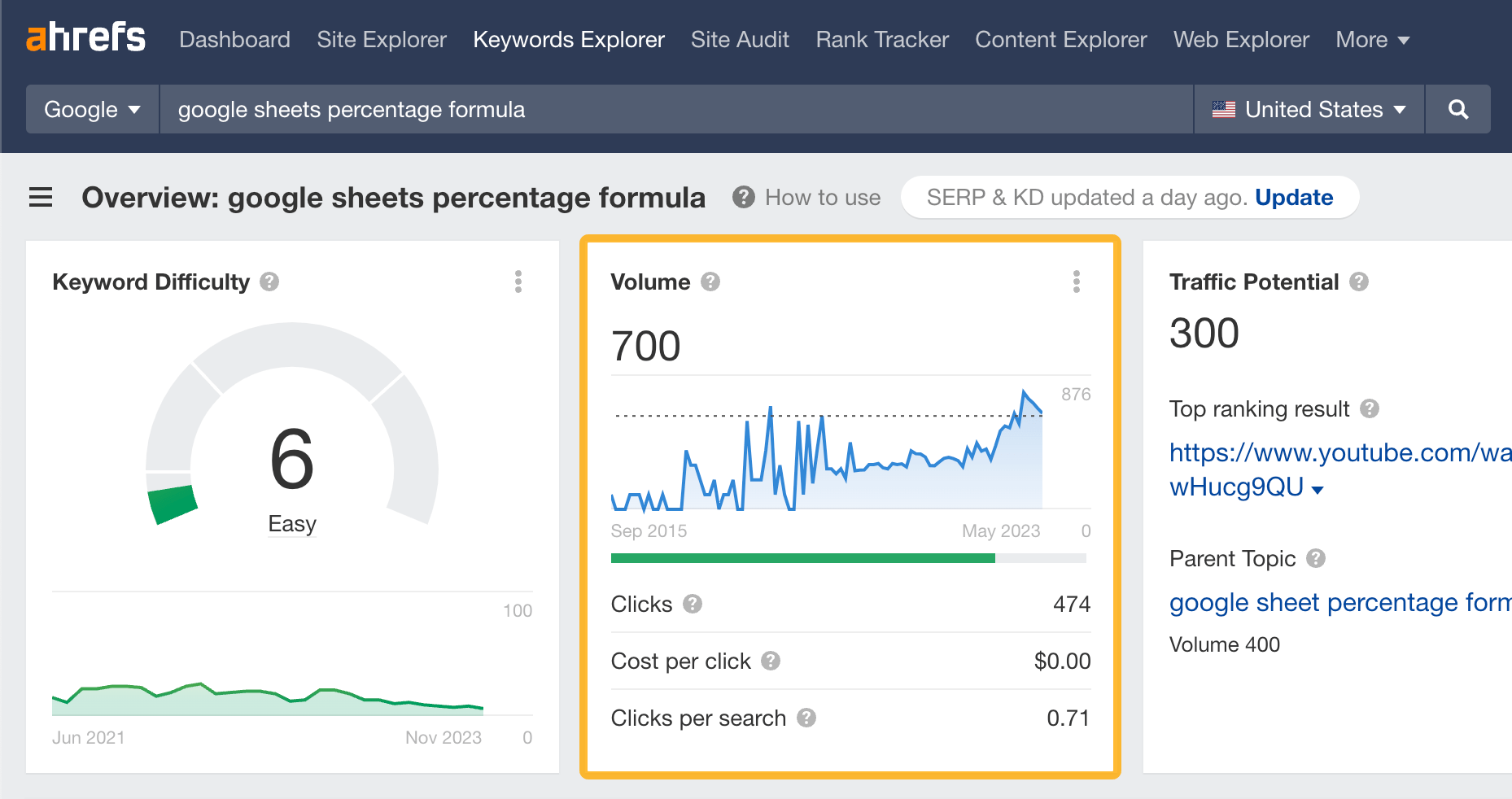SEO
SEO Trends You Can’t Ignore In 2024

Most SEO trends fade quickly. But some of them stick and deserve your attention.
Let’s explore what those are and how to take advantage of them.
If you give ChatGPT a title and ask it to write a blog post, it will—in seconds.
This is super impressive, but there are a couple of issues:
- Everyone else using ChatGPT is creating the same content. It’s the same for users of other GPT-powered AI writing tools, too—which is basically all of them.
- The content is extremely dull. Sure, you can ask ChatGPT to “make it more entertaining,” but it usually overcompensates and hands back a cringe version of the same boring content.
In the words of Gael Breton:
How to take advantage of this SEO trend
Don’t use AI to write entire articles. They’ll be boring as heck. Instead, use it as a creative sparring partner to help you write better content and automate monotonous tasks.
For example, you can ask ChatGPT To write an outline from a working title and a list of keywords (which you can pull from Ahrefs)—and it does a pretty decent job.
Prompt:
Create an outline for a post entitled “[working title]” based on these keywords: [list]
Result:


When you’ve written your draft, you can ask to polish it in seconds by asking ChatGPT to proofread it.


Then you can automate the boring stuff, like creating more enticing title tags…


… and writing a meta description:


If you notice a few months down the line that your content ranks well but hasn’t won the featured snippet, ChatGPT can help with that, too.
For example, Ahrefs tells us we rank in position 3 for “affiliate marketing” but don’t own the snippet.


If we check Google, the snippet is a definition. Asking ChatGPT to simplify our definition may solve this problem.


In short, there are a near-infinite number of ways to use ChatGPT (and other AI writing tools) to create better content. And all of them buck the trend of asking it to write boring, boilerplate articles from scratch.
Programmatic SEO refers to the creation of keyword-targeted pages in an automatic (or near automatic) way.
Nomadlist’s location pages are a perfect example:


Each page focuses on a specific city and shares the same core information—internet speeds, cost, temperature, etc. All of this information is pulled programmatically from a database and the site gets an estimated 46k monthly search visits in total.


Programmatic SEO is nothing new. It’s been around forever. It’s just the hot thing right now because AI tools like ChatGPT make it easier and more accessible than ever before.
The problem? As John Mueller pointed out on Twitter X, much of it is spam:
I love fire, but also programmatic SEO is often a fancy banner for spam.
— I am John – ⭐ Say no to cookies – biscuits only ⭐ (@JohnMu) July 25, 2023
How to take advantage of this SEO trend
Don’t use programmatic SEO to publish insane amounts of spam that’ll probably get hit in the next Google update. Use it to scale valuable content that will stand the test of time.
For example, Wise’s currency conversion pages currently get an estimated 31.7M monthly search visits:


This is because the content is actually useful. Each page features an interactive tool showing the live exchange rate for any amount…


… the exchange rate over time…


… a handy email notification option when the exchange rates exceed a certain amount…


… handy conversion charts for popular amounts…


… and a comparison of the cheapest ways to send money abroad in your chosen currency:


It doesn’t matter that all of these pages use the same template. The data is exactly what you want to see when you search [currency 1] to [currency 2].
That’s probably why Wise ranks in the top 10 for over 66,000 of these keywords:


Looking to take advantage of programmatic content in 2024 like Wise? Check out the guide below.
People love ChatGPT because it answers questions fast and succinctly, so it’s no surprise that generative AI is already making its way into search.
For example, if you ask Bing for a definition or how to do something basic, AI will generate an answer on the fly right there in the search results.




In other words, thanks to AI, users no longer have to click on a search result for answers to simple questions. It’s like featured snippets on steroids.
This might not be a huge deal right now, but when Google’s version of this (Search Generative Experience) comes out of beta, many websites will see clicks fall off a cliff.
How to take advantage of this SEO trend
Don’t invest too much in topics that generative AI can easily answer. You’ll only lose clicks like crazy to AI in the long run. Instead, start prioritizing topics that AI will struggle to answer.
How do you know which topics it will struggle to answer? Try asking ChatGPT. If it gives a good and concise answer, it’s clearly an easy question.
For example, there are hundreds of searches for how to calculate a percentage in Google Sheets every month in the US:


If you ask ChatGPT for the solution, it gives you a perfect answer in about fifty words.


This is the perfect example of a topic where generative AI will remove the need to click on a search result for many.
That’s probably not going to be the case for a topic like this:


Sure. Generative AI might be able to tell you how to create a template—but it can’t make one for you. And even if it can in the future, it will never be a personal finance expert with experience. You’ll always have to click on a search result for a template created by that person.
These are the kinds of topics to prioritize in 2024 and beyond.
Sidenote.
None of this means you should stop targeting “simple” topics altogether. You’ll always be able to get some traffic from them. My point is not to be obsessed with ranking for keywords whose days are numbered. Prioritize topics with long-term value instead.
Bonus: 3 SEO trends to ignore in 2024
Not all SEO trends move the needle. Here are just a few of those trends and why you should ignore them.
People are using voice search more than ever
In 2014, Google revealed that 41% of Americans use voice search daily. According to research by UpCity, that number was up to 50% as of 2022. I haven’t seen any data for 2023 yet, but I’d imagine it’s above 50%.
Why you should ignore this SEO trend
75% of voice search results come from a page ranking in the top 3, and 40.7% come from a featured snippet. If you’re already optimizing for those things, there’s not much more you can do.
People are using visual search for shopping more than ever
In 2022, Insider Intelligence reported that 22% of US adults have shopped with visual search (Google Lens, Bing Visual Search, etc.). That number is up from just 15% in 2021.
Why you should ignore this SEO trend
Much like voice search, there’s no real way to optimize for visual search. Sure, it helps to have good quality product images, optimized filenames and alt text, and product schema markup on your pages—but you should be doing this stuff anyway as it’s been a best practice since forever.
People are using Bing more than ever before
Bing’s Yusuf Mehdi announced in March 2023 that the search engine had surpassed 100M daily active users for the first time ever. This came just one month after the launch of AI-powered Bing.
Why you should ignore this SEO trend
Bing might be more popular than ever, but its market share still only stands at around ~3% according to estimates by Statcounter. Google’s market share stands at roughly 92%, so that’s the one you should be optimizing for.
Plus, it’s often the case that if you rank in Google, you also rank in Bing—so it really doesn’t deserve any focus.
Final thoughts
Keeping your finger on the pulse and taking advantage of trends makes sense, but don’t let them distract you from the boring stuff that’s always worked: find what people are searching for > create content about it > build backlinks > repeat.
Got questions? Ping me on Twitter X.












